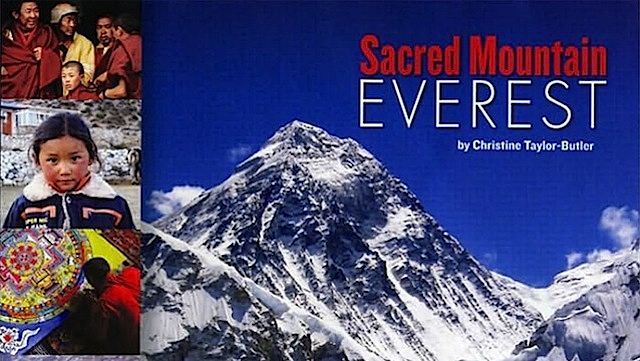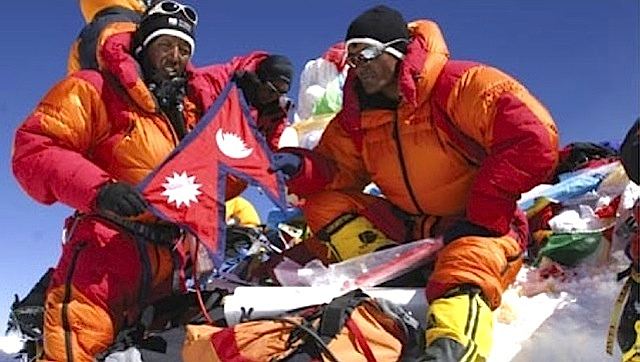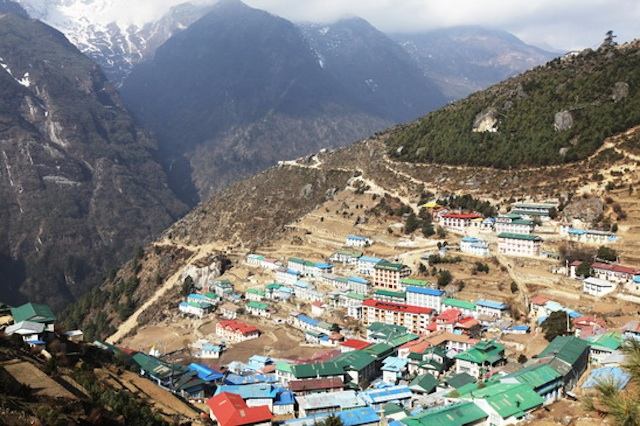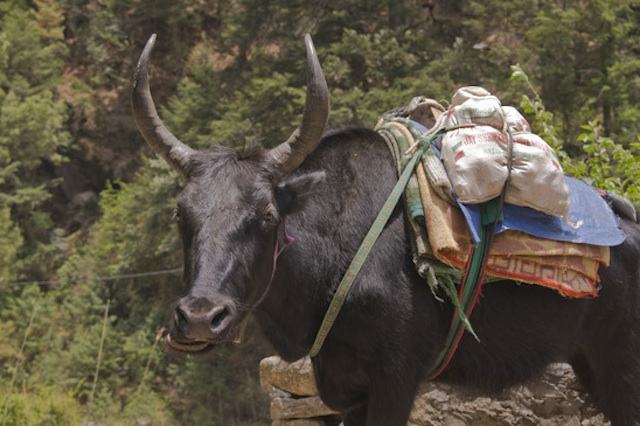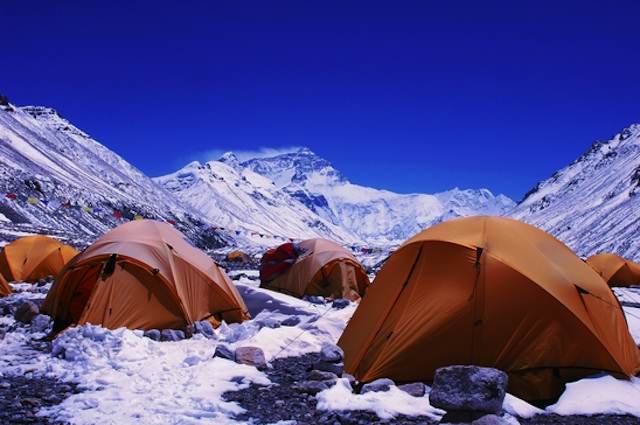A mountain and its people.
A Photo Essay Click here for the Sacred Mountain Teacher's Guide
Mount Everest rises into the sky higher than any other mountain on Earth. Many stories have been told about the dangers and triumphs of climbing to the summit; but few have been written about the Sherpa, the people who have lived in the Himalayas for centuries and consider it sacred.
Known for their bravery, strength, and skill in navigating the mountain's treacherous sopes, the Sherpa have played a crucial role in the mountain's exploration since the 1920's. In recent years, however, tourism has threatened the mountain's fragile ecosystem. The Sherpa now face the challenge of restoring and protecting their sacred mountain for their future and fore the world.
Filed with stuning photographs, many taken by Apa Sherpa - a climber who holds the world's record for trips to the summit - twenty-one (21) as of 2012. Cllimbing from the age of 12, Apa now lives in Utah and can be found at www.ApaSherpa.com His nonprofit foundation provides much needed resources for the area.
Contents include:
- Tigers of the Snow: history, culture and religion of the Sherpa
- How the Himalaya Were Formed: continental drift creates a mountain range
- Measuring the Mountain: Discovering the tallest mountain from 100 miles away.
- Living in Harmony with Chomolungma: climate, environment, wildlife, and Sherpa farms
- Reaching For the Summit: A history of the attempts to conquer the mountain.
- Everest Firsts: Timeline of significant summit attempts
- Reclaiming the Mountain: The Sherpa demonstrate their superior climbing skills
- Tenzing Norgay: The first man in history to reach the summit.
- A Mountain At Risk: Foreign climbers leave a legacy of waste, bodies and pollution
- and much more....
Click here for Billion Pixel 3_D Image of Everest glaciers by David Breashears and GlacierWorks
Can you see the tents? Look closer. Click the lower green box on the glacier. Can you see them now? And up above. Is the path up the mountain covered in snow? Think again.
More facts coming soon:
